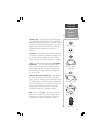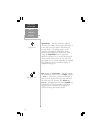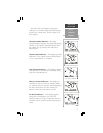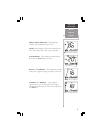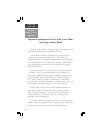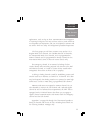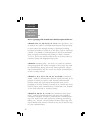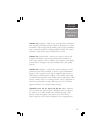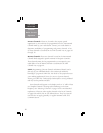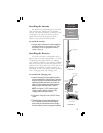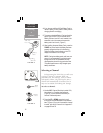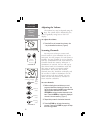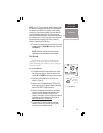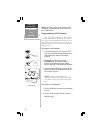
13
GETTING
STARTED
Maritime
Radio Services
Operation
Channel 13: Navigation - used by any vessel for safety communica-
tions regarding the maneuvering of vessels or directing of a vessels
movements. Ship-to-ship and secondarily ship-to-coast communica-
tions. Commonly called the Bridge-to-Bridge channel. For routine
operations, radio power must be reduced to one watt.
Channel 15: Environmental - Used by any vessel to receive only
broadcast information concerning environmental conditions in
which vessel operate, such as, weather, sea conditions, time signals,
and hazards to navigation. One-way broadcast from coast-to-ship
stations.
Channel 16: Emergency - Used if your vessel is sinking or on fire,
someone has been lost overboard, or there is grave and imminent
danger to life or property. Every ship is obliged to give priority to
radio distress communications. Calling - This channel is also used
to establish communication with another marine radio station. After
contact is made, switch to a working channel. Due to congestion on
channel 16, particularly in high traffic areas, the FCC (USA) has
approved channel 9 as a second hailing channel.
Channels 24, 25, 26, 27, 28, 84, 85, 86, 87: Marine Operator -
Can be used by any vessel to place a telephone call to any place in
the world or to a vessel outside their transmitting range. Used
between vessels and public coast stations. You must contact a
marine operator on the channel assigned to your navigating area.



